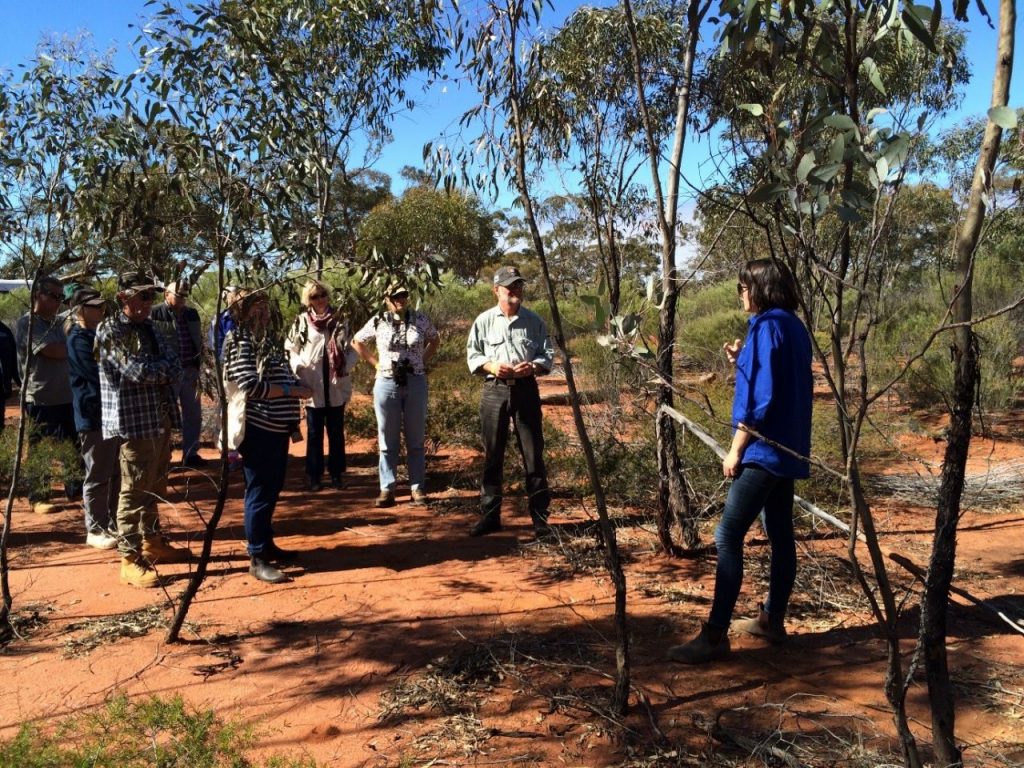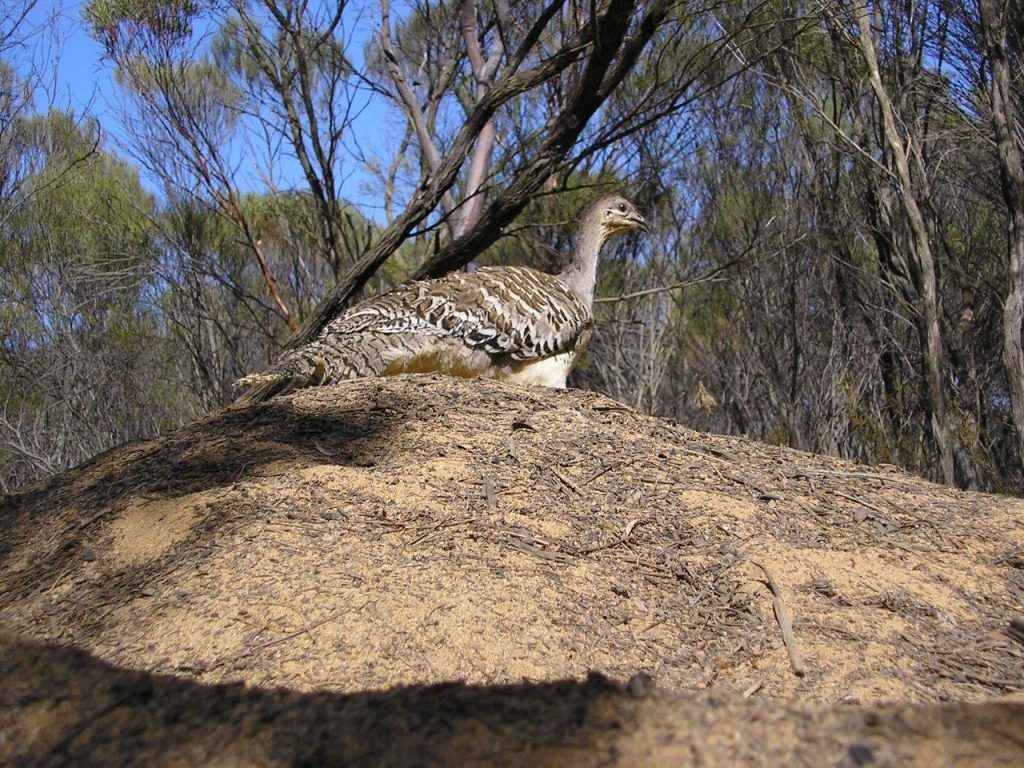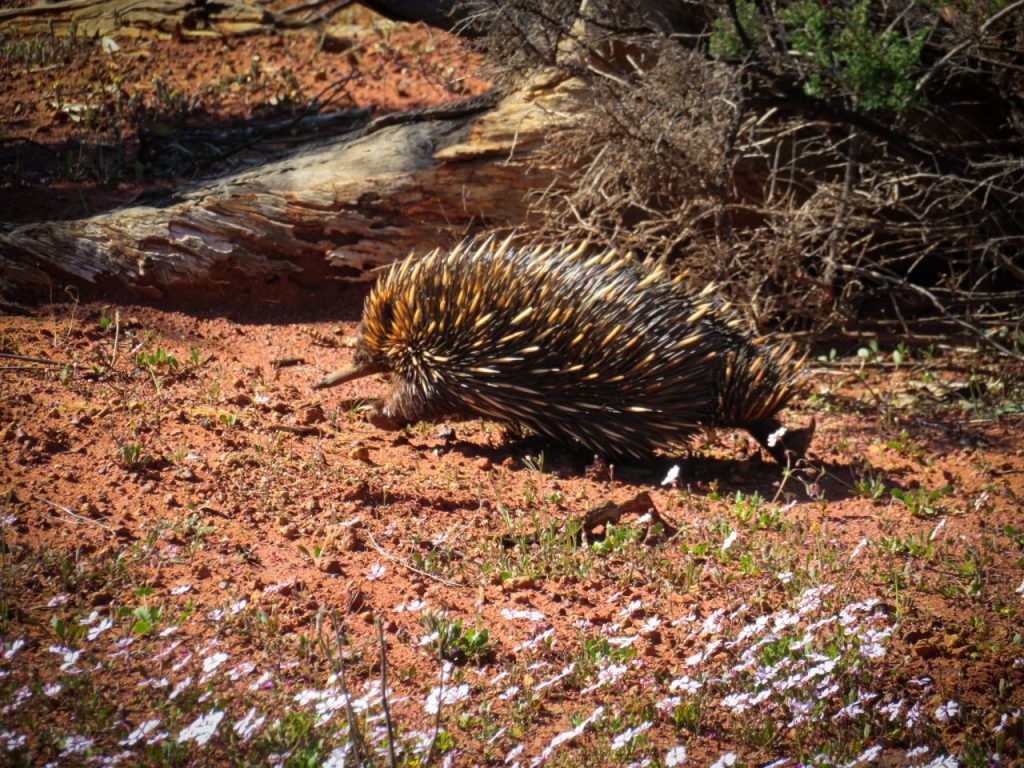“COLLABORATE OR DIE!” I can still remember the first time I saw these words written in capitals, in bold text, on a poster pinned to the wall in the office of the curator of the WA Herbarium a couple of decades ago. While I’m not sure about the “or die” bit, I am totally convinced about the importance of collaboration if we really want to make meaningful progress in biodiversity conservation right across the planet. And collaboration is something that Gunduwa does really well. It’s the key to so much of what we have achieved since we started in 2013.
I’ve been lucky to serve on the Management Committee for two periods of service – once as the inaugural Deputy Chair when I was the CEO of NACC–NRM (the Northern Agricultural Council NRM group), and now as the Chair. The passion and dedication of our partner organisations and their representatives on the Management Committee is what makes Gunduwa tick. Whatever we achieve as an organisation is on the backs of these individuals who share our common values – taking a long-term, ‘big picture’ perspective on conserving biodiversity and Caring for Country.
Sharing our knowledge – incorporating ‘Right Way Science’ into our conservation initiatives.
A key pillar of Gunduwa’s collaborative approach is working hand-in-hand with the region’s Traditional Owners. From the outset, we have benefitted from two-way learning, respectful engagement, representation, and incorporating the principles of ‘right-way science’ into our strategic oversight. The Association has been all the richer though having Badimia Elders represented on the Management Committee including Leah and Ashley Bell (Ninghan Station & IPA), and Carol Dowling and Beverley Slater (Badimia Bandi Barna Aboriginal Corporation (BBBAC). Gunduwa supported the development of the BBBAC Healthy Country Plan and is committed to continuing to support key biodiversity conservation elements of the plan. As I saw while doing my PhD research on Australian sandalwood (Santalum spicatum) in the region – including on Ninghan Station & IPA, Charles Darwin Reserve, and DBCA nature reserves – the combination of traditional cultural and natural heritage values is a powerful combination when truly trying to understand the importance of our native flora and fauna in the landscape.
The strength of collaboration at Gunduwa is not just evident between individuals on the Management Committee, it is between local community members, land managers, conservation organisations, regional NRM groups, government agencies, research bodies, universities, donors, and local government authorities. I really want to thank all of them for their contributions to Gunduwa, and to biodiversity conservation in our region. I take great pride in working with them. We all share common visions for the region, and common objectives for protecting, managing and restoring the rich biodiversity in the region. Whether it is trying to save our endangered malleefowl, the Wheatbelt Woodlands Threatened Ecological Community, or (especially for me) the threatened sandalwood of our region, or indeed any of the magnificent biodiversity assets of the Gunduwa region, we really only have a hope of being successful if we work together.
It’s front and centre of the Gunduwa Mission: “Collaboration across the Landscape”











